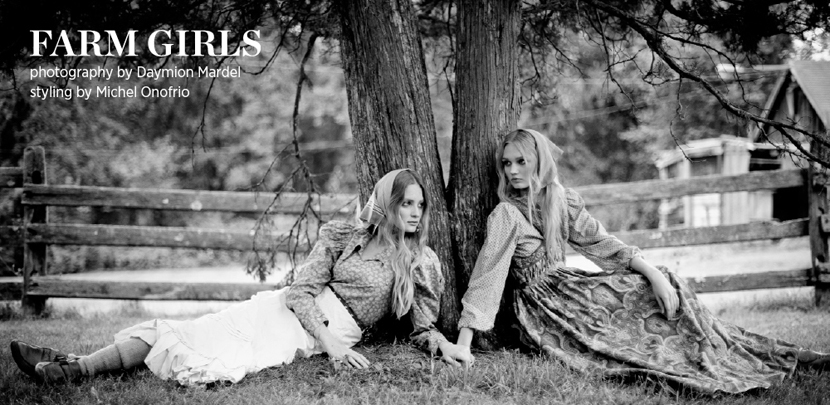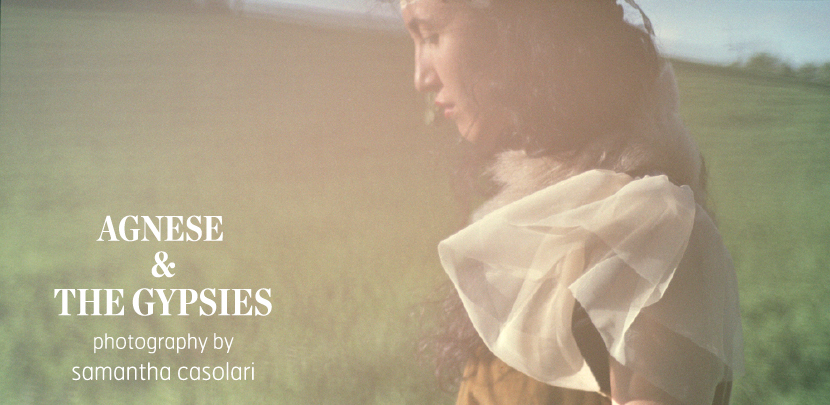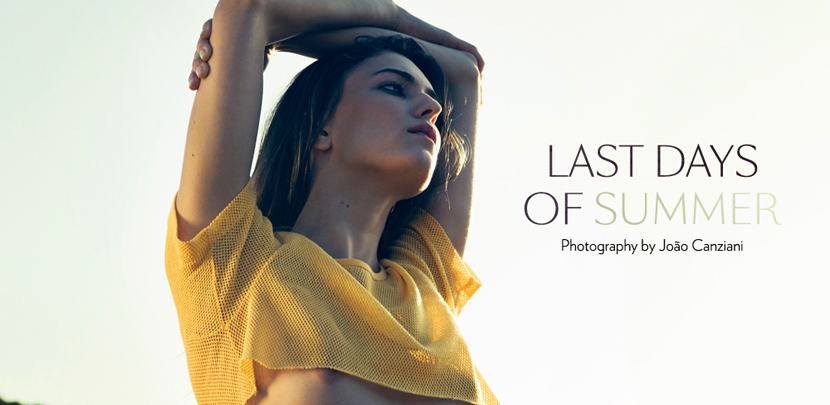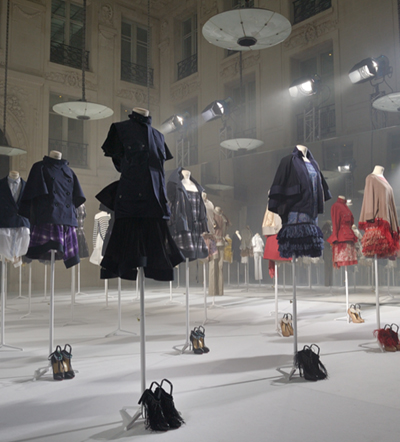
Sacai S/S 2011 Collection, Paris Fashion Week Presentation: Charles Duprat (Click to enlarge)

There’s nothing like sharing a NYC sidewalk with a swell-headed poodle sporting fancier accessories and a better haircut than you to realize stereotypes exist around every corner (or in fashion’s case, around every closet). Example: if I said “cardigan”, what’s the first word that might pop into your head? Classic? Conservative? Perhaps.. boring? Luckily, exceptions to the rule also exist.
Enter Sacai–the small Japanese label more intent on breaking with tradition than following it. Chitose Abe, the one-woman show behind Sacai, has been quiet at work crafting her caliber of knit and tailored separates that are anything but. Before launching her collection in 1999, Abe cut her teeth at the very top of fashion’s food chain, designing knitwear for Comme des Garcons and Junya Watanabe, respectively, for 8 years. As such, “classic” might as well be a four-letter word, while “whimsical” and “avant-garde” are standard issue in describing Sacai’s aesthetic.
You’ll see things like delicate flounces of satin or chiffon – Abe’s go-to finishing fabrics – set into seams or added to hemlines to create an unexpected burst of volume, or detachable cuffs and collars in boldly contrasting textures that shouldn’t work together, but always do. Some pieces are even fully reversible, allowing the wearer to change up their entire look without ever having to change their clothes.
(more…)
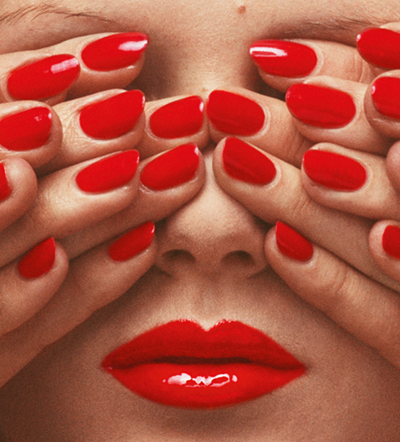
In Between by Guy Bourdin Published by Steidl Dangin (Click to enlarge)

Guy Bourdin, the original bad boy of fashion photography, came to fame in 1955 when on the pages of the French Vogue he juxtaposed the prim
haute couture dresses against butchered cow heads. At the time this was far more audacious than the current vapid soft porn of Terry Richardson and Olivier Zahm. Bourdin went on to become one of the most celebrated fashion photographers in the world. The new book, In Between (
Steidl, $58), offers an engaging retrospective of his work.
The 272 page tome offers 400 carefully selected photographs that span Bourdin’s
oeuvre from 1955 to 1989. The theme of the book is centered on the photographer’s signature achievement – the use of the magazine spread that allowed him to create large, striking images. There are quite a few impressive photos in the book, mostly those of his late work. Curiously enough, the book is not organized in chronological order, which would allow the viewer to see how Bourdin’s work became more daring with time. The most remarkable images are those that bear the photographer’s trademark fascination with red color used in makeup. The red of the lipstick and the nail polish is wooingly deep and the starkness of the photographs is arresting.
Bourdin was most successful where his images were utterly artificial and staged. The more idyllic photos that use nature or children fade in comparison with the gloss and pomp of his obviously theatrical work. Fashion, after all, is theater and Bourdin had a talent for providing the stage.
(more…)
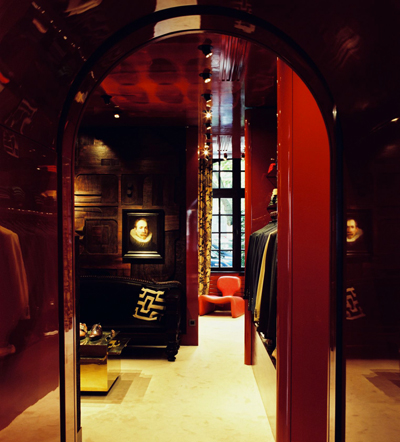

Belgian fashion is no longer a secret of the fashion cognoscenti. Having treated us to some of the most exciting fashion in the past two decades, the Antwerp Six and their heirs are now in the Pantheon. If there is one thing that had been understated about them it’s their influence on menswear. For example, few people know that Dries van Noten, known for his mastery of women’s clothing, started out as a menswear designer. His first five shows in Paris were men’s shows, and his family was in the garment business and owned a men’s-suits store in Antwerp.
Today, van Noten is acknowledging his roots by opening his first freestanding menswear store in the left bank of Paris. And we mean bank here — the boutique is located on Quai Malaquais, its windows facing the Seine. It is only a few doors down from van Noten’s women’s shop, which ensures that your significant other does not get bored while you pick out that perfect dress shirt for the casual dandy wardrobe that van Noten has become so good at.
The space is a former gallery of Primitive Art, and van Noten was very careful to preserve its original décor of rufous lacquered wood that dates back to 1975. And just so you know that you’ve made it, you can contemplate a genuine Van Dijck from van Noten’s own art collection while matching your tie and your cufflinks.
Dries van Noten, Men, 9 Quai Malaquais, Paris.

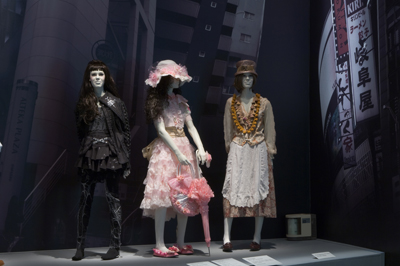
Photography courtesy of The Museum at FIT (Click images to enlarge)


Imagine you are in Paris, in 1981, a fashion editor sitting in the front row. You are subjected to a sex, drugs, and rock and roll diet of Mugler and Gaultier on one side and the bourgeois propriety of Yves Saint-Laurent and Chanel on the other. Fashion is a luxury and looks it. But the clothes that you are seeing right now, by designers from Japan (where you’ve probably never been) Yohji Yamamoto and Rei Kawakubo (whose names you probably can’t pronounce) are so radically different — black, tattered, oversized, pointedly inelegant — that you are subjected to a dose of cultural insta-shock. Fast-forward to today: walk into any chain store and you see the signs of these designers’ heritage, unfinished seams, holes, distressing. These are now as familiar, acceptable, and safe for mass consumption as Barney is for children.
But you are no longer in 1981, Dorothy, and Japanese fashion has moved on. A new generation of fashion designers and fashion subcultures has sprung up, no less exciting than the legendary Yamamoto and Kawakubo.
Japan Fashion Now, a new exhibit at the Museum at FIT explores the links between the old and new generations.
The exhibition, featuring more than 100 garments, is organized in two parts. Upon entering you are greeted with a display of the work by the holy trinity of Japanese fashion — Miyake, Yamamoto, and Kawakubo — flanked by the less known names like Matsuda. These garments are from the ’70s and ’80s.
(more…)
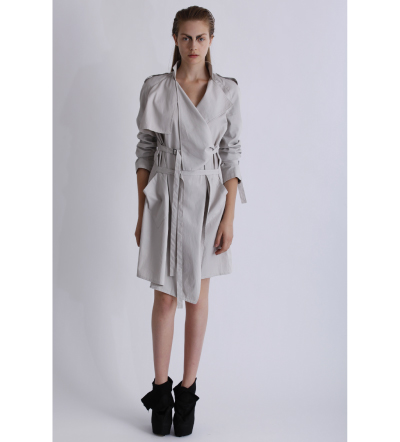
Photography via Style.com

Despite her label’s pastoral emblem, Los Angeles native and up-and-coming fashion designer
Kimberly Ovitz’s aesthetic is distinctly more downtown avant-garde than Upper East Side traditionalist. In her label’s third major collection, Ovitz maintains command of her slightly off-kilter interpretation of the iconic equestrian lifestyle so key to American sportswear.
Ovitz’s spring/summer 2011 collection centers around the colors white, black, oatmeal and navy, and combines asymmetric cuts for a very graphic effect. Yet Ovitz’s signature architectural aesthetic is counterbalanced by a restrained use of detail, adding dimension and softness to edgy designs. Consistent with her homerun fall 2010 collection, Ovitz’s new effort reveals a collection that buyers and consumers alike should flock to for its versatility.
What truly sets Ovitz’s work apart from other rising designers, though, is her eye. Ovitz boasts an intimidating resume: internships at J.Crew, the Chanel design atelier in Paris, W magazine, and with the heralded fashion photographer Herb Ritts. She also completed her undergraduate degree at Brown University before attending Parsons School of Design. After working at contemporary lines such as Imitation of Christ and Twelfth Street by Cynthia Vincent, Ovitz developed a proprietary stretch fabric and was ready to venture on her own in 2009.
(more…)

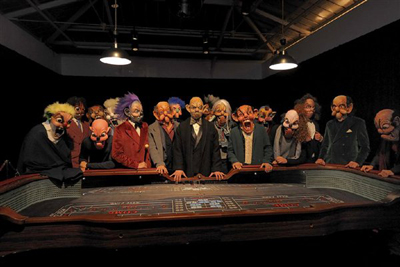
Jefferson Hack interviews three influential designers for a unique series of live events at Apple stores worldwide. Photography via Dazed & Confused.


In the midst of the star-studded turmoil of Fashion Week,
Dazed & Confused magazine has created a series of events aimed at bringing the fashion-adoring public to meet directly some of the world’s most well-regarded fashion designers. Following the fashion week schedule in New York, London, and Paris, Jefferson Hack (the Editorial Director and co-founder of Dazed & Confused magazine) will speak with one designer in each fashion capital.
Kicking off with Adam Kimmel in New York tonight, London’s event will host Jonny Johansson (co-founder of Acne) and Gareth Pugh will speak in Paris. The events will be recorded and made available to download as a podcast from the iTunes store. Check
here for more details.
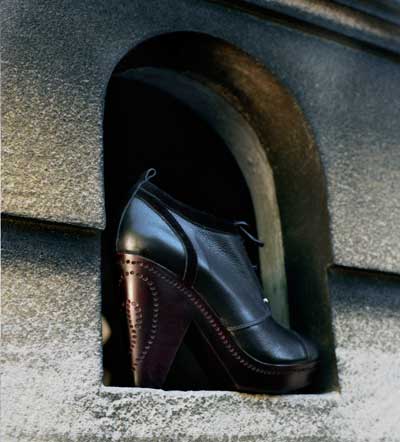
Photography by Estelle Hanania

The French fashion line
Dévastée habitually provides a welcome interruption each Fashion Week in Paris with beautiful allusions to death, suicide and a Gothic obsession with the link between love and mortality. Co-founders Ophelie Klere and Francois Alary started the line in 2004 with, according to them, “various little depressing things. The darker the better.” The unique label has carved a growing niche for itself among the mammoths of Parisian fashion houses; Klere and Alary declaring themselves initially “not that interested in fashion” while demonstrating the clarity of their own vision.
The pair are not averse to collaboration, as Dévastée’s Spring/Summer 2010 collection demonstrates. French independent shoe designer
Marion Hanania introduced her own line of shoes eight years ago at the young age of 22, and became acquainted with Klere and Alary when she was selected for the Fashion Festival in Hyeres in 2005. Five years later, Hanania designed shoes for Dévastée’s 2010 S/S collection.
Hanania tells us, “I wanted the shoes to stand alone, as a real collection, and not only be an accessory to a clothes line. Still, I wanted them to be obviously recognizable as Dévastée shoes.” Inspired by the line’s black-and-white look as well as its emphasis on cut-outs and heavy prints, Hanania created a line of shoes that incorporated her own aesthetic — “tightly linked to drawings”, as she puts it — to create a singular collection of shoes that beautifully displays both Hanania’s careful attention to detail and Dévastée’s sharp, dark designs.
(more…)





 Facebook
Facebook Permalink
Permalink Digg
Digg Reddit
Reddit LinkedIn
LinkedIn StumbleUpon
StumbleUpon Tumblr
Tumblr

